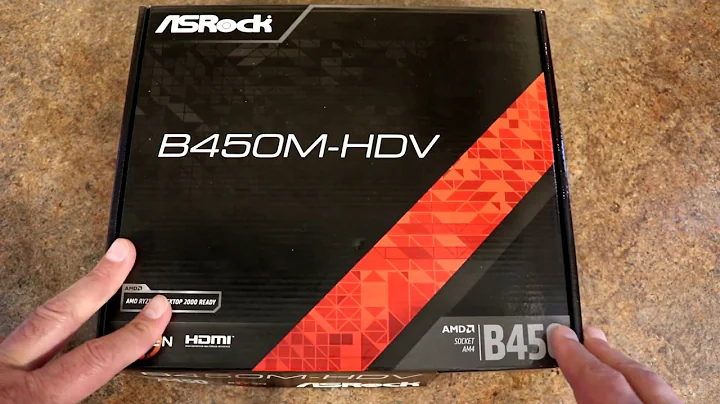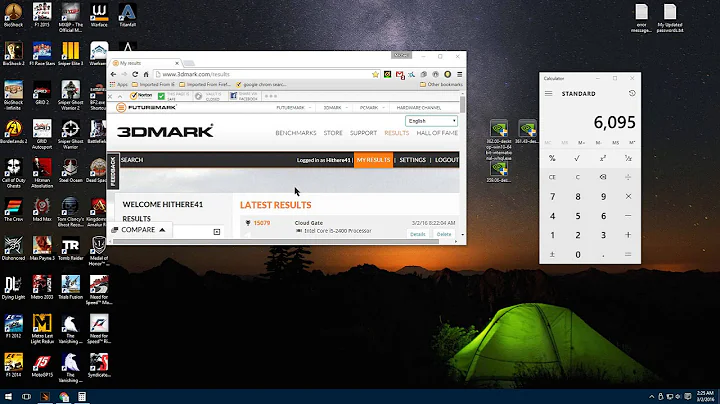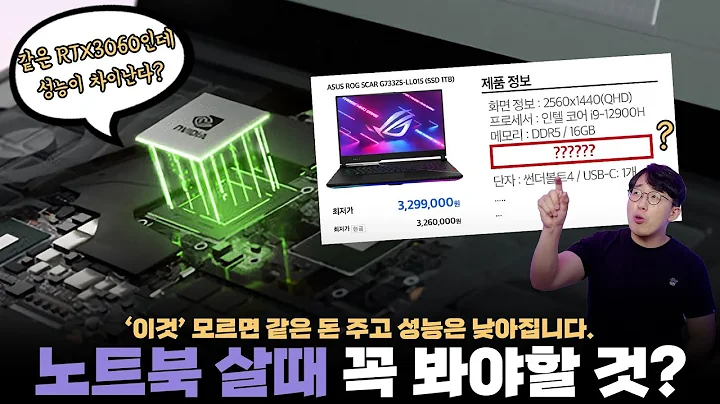Master the Art of Multi-GPU Training with Efficient Strategies
Table of Contents
- Introduction to multi-GPU training
- Different multi-GPU training strategies
- Model Parallelism
- Tensor Parallelism
- Data Parallelism
- Pipeline Parallelism
- Sequence Parallelism
- How model parallelism works
- Advantages and efficiency of tensor parallelism
- Benefits of data parallelism
- Overview of pipeline parallelism
- The concept of sequence parallelism
- Recommended multi-GPU training strategy
- Alternative strategies: DDP Sharded and DeepSpeed
- Workarounds for fewer GPUs
- Conclusion
- FAQs
😃 Introduction to Multi-GPU Training
In the field of deep learning, multi-GPU training has gained significant attention as it enables faster training of complex models. Multi-GPU training refers to the process of using multiple GPUs to speed up model training. This article will delve into the different strategies used in multi-GPU training and provide recommendations on which strategy to use based on various scenarios.
😎 Different Multi-GPU Training Strategies
Model Parallelism
Model parallelism is a technique used to tackle limited GPU memory by allocating different layers of a model to different GPUs. This splits the model's workload among multiple GPUs, thereby overcoming memory limitations. However, model parallelism is not always recommended, as there are more efficient strategies available.
Tensor Parallelism
Tensor parallelism is a variant of model parallelism that focuses on splitting layers horizontally. Instead of creating a sequential bottleneck like model parallelism, tensor parallelism splits the layers in a way that allows for parallel computations. This is particularly useful for carrying out large matrix multiplications efficiently.
Data Parallelism
Data parallelism is employed not to overcome memory limitations but to increase training throughput. This strategy involves splitting the batch and training multiple models on different GPUs simultaneously. The gradients are then averaged to update the models. Data parallelism allows for faster processing of data while leveraging parallelization.
Pipeline Parallelism
Pipeline parallelism is a combination of data and model parallelism, where the model is divided into different blocks. Each block is executed on a separate GPU, allowing for better parallelization. This strategy optimizes the GPUs' workload, ensuring more overlap between computations and minimizing waiting time.
Sequence Parallelism
Sequence parallelism is specifically designed for transformer models. It involves splitting the input sequence across multiple GPUs to overcome memory limitations. By dividing the input sequence, sequence parallelism enables the utilization of multiple GPUs, making it an efficient multi-GPU training strategy for large models.
🤔 How Model Parallelism Works
Model parallelism tackles limited GPU memory by assigning specific layers of a model to different GPUs. This is accomplished by using two CUDA calls for different layers of the network. By utilizing multiple GPUs, model parallelism allows for the training of large models that would otherwise exceed the available memory of a single GPU.
While model parallelism resolves memory limitations, it is not always the most efficient strategy. Its sequential bottleneck slows down computations, making it less desirable. However, it can still be useful in certain scenarios, such as when dealing with very large models.
🚀 Advantages and Efficiency of Tensor Parallelism
Tensor parallelism offers a more efficient alternative to model parallelism. By horizontally splitting the layers of a model, tensor parallelism enables parallel computations. Consider the example of matrix multiplication. If the matrix on the right consists of two columns, it can be split into two matrix multiplication problems that can be carried out in parallel. This parallelization increases efficiency and improves the performance of multi-GPU training.
To further optimize tensor parallelism, the matrix on the left can also be split into row vectors and calculations can be performed separately on each vector. These results can then be concatenated to obtain the desired outcome. Tensor parallelism is particularly advantageous when dealing with large layers and matrix multiplications.
🏋️ Benefits of Data Parallelism
Unlike model and tensor parallelism, data parallelism is not aimed at overcoming memory limitations. Instead, data parallelism focuses on increasing training throughput by processing more data in parallel. This strategy involves creating multiple copies of the model and placing each copy on a different GPU. Each model copy trains on different data points, and the gradients are averaged when updating the models. Data parallelism allows for faster training by leveraging the power of multiple GPUs to process data simultaneously.
🌐 Overview of Pipeline Parallelism
Pipeline parallelism combines the advantages of both data and model parallelism. In this strategy, the model is split into different blocks, which are executed on separate GPUs. Each block is responsible for a specific task, and computations flow from left to right. By parallelizing computations and overlapping the workload between GPUs, pipeline parallelism optimizes the training process. This strategy minimizes waiting time and ensures better parallelization, resulting in faster training.
🧩 The Concept of Sequence Parallelism
Sequence parallelism is designed specifically for transformer models. It addresses memory limitations by splitting the input sequence across multiple GPUs. This allows each GPU to process a portion of the sequence simultaneously, improving efficiency and enabling multi-GPU training for large transformer models.
👍 Recommended Multi-GPU Training Strategy
As a default recommendation, using distributed data Parallel (DDP) is often a good choice. By setting the strategy to DDP, the model is copied to different GPUs, allowing for multi-GPU training. DDP helps distribute computations across GPUs and speeds up training. In some cases, when encountering pickling issues, DDP spawn may be a viable alternative.
If memory concerns arise due to the model's size exceeding GPU memory, DDP sharded can be utilized. DDP sharded incorporates tensor parallelism, allowing for splitting tensors and distributing them across GPUs. DeepSpeed is another alternative that offers different strategies, such as sharding the optimizer and gradients. If memory limitations persist, the offload strategy can be used to transfer optimizer and gradient states to CPU memory. However, this strategy can cause slower training due to the additional transfer.
⚙️ Workarounds for Fewer GPUs
When dealing with a smaller number of GPUs or when training speed is not a major concern, stage three strategies in DeepSpeed can be employed. DeepSpeed stage three shards optimizers, gradients, and weight parameters, allowing for efficient training on fewer GPUs. Another alternative is fully sharded data parallelism (FSDP). Depending on the machine, either strategy may yield better performance. It is advisable to experiment and choose the strategy that works best for the specific Scenario.
✅ Conclusion
In this article, we explored the various multi-GPU training strategies, including model parallelism, tensor parallelism, data parallelism, pipeline parallelism, and sequence parallelism. Each strategy offers unique advantages and addresses different challenges in multi-GPU training. We also provided recommendations on which strategy to choose based on specific scenarios. Remember to consider the memory limitations, model size, and training throughput when deciding on the best strategy for efficient multi-GPU training.
🙋♀️ FAQs
Q: What is multi-GPU training?
A: Multi-GPU training refers to the use of multiple GPUs to speed up model training in deep learning.
Q: What are the different multi-GPU training strategies?
A: The different strategies include model parallelism, tensor parallelism, data parallelism, pipeline parallelism, and sequence parallelism.
Q: Which multi-GPU training strategy is recommended?
A: As a default recommendation, using distributed data parallel (DDP) is often a good choice. However, the specific strategy depends on factors such as GPU memory limitations and training throughput requirements.
Q: Are there alternatives to DDP for efficient multi-GPU training?
A: Yes, DeepSpeed offers alternative strategies such as sharding the optimizer and gradients. Additionally, fully sharded data parallelism (FSDP) can be used as an alternative.
Q: What options are available for training with fewer GPUs?
A: When dealing with a smaller number of GPUs, DeepSpeed stage three strategies or FSDP can be employed for efficient training.
Resources:
 WHY YOU SHOULD CHOOSE TOOLIFY
WHY YOU SHOULD CHOOSE TOOLIFY
































